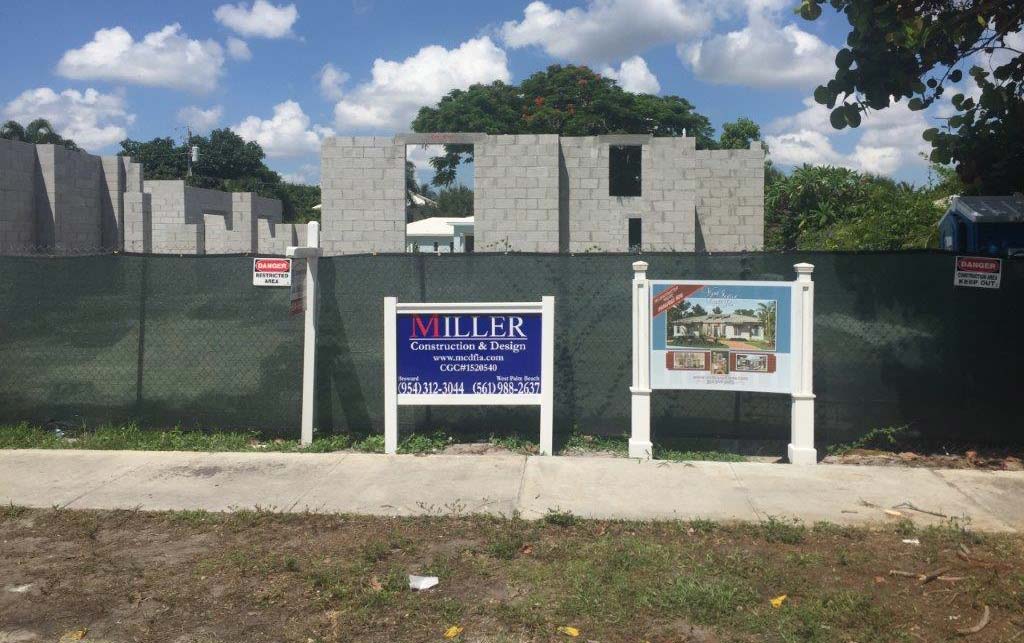Stages of Construction: Mechanical Installations

The mechanical installation stage of construction loosely refers to everything that happens between the framework of a home going up and the insulation of the home. Think of every addition or function that is installed that would be difficult to get to and correct later on down the line. That should give you a small sense of the importance of a job well done in this stage. Given the breadth of this stage, it is useful to know what all it entails to gauge properly the impact this stage will have on time constraints and budget. If you are dealing with a manager on site, they should be keeping you posted on all delays and issues, but it still helps to have a basic understanding of what all is going on in your home at this time. We could speak again of the importance of trust with your contractors. Here is a basic walk through of what to know and consider, what is taking place, and what to expect on site.
Upfront Questions for the Mechanical Installation Stage
-
Communication
It is a good idea to know whether or contractor is responsible for this stage or if it involves subcontractors. If there are subcontractors involved, you need to clarify whether your main contractor will be keeping you informed or if you will be dealing with several different contractors for each job.
-
Accountability
Having a managing contractor means that someone is accountable for the work being done. Find out if they are working under any kind of insurance, if this is necessary. Either way this stage is managed, you need to make certain that all relevant contractors have agreed to work to your terms and within your budget.
The Overview
-
Pre-mechanical Stage
Prior to this stage being started, the foundation and all framework needs to be complete, along with inspections. If any issues arise from the inspection up to this point, you will not be able to start this stage.
-
Peri-mechanical Stage
This might be the part of the process where you start to see your home take shape. All the inner workings have to be put in place to ensure your home meets comfortable standards.
-
Post-mechanical Stage
Once mechanical installation has taken place, a further inspection must happen. This is vitally important as the mechanical stage sees to many areas that will be quite difficult to fix once the next stage commences. This insulation of the home follows the mechanics, which means your home needs to be ready to become a closed in, well-functioning shell.
The Details
-
The not so Obvious Stuff
Many houses need to be sprayed before being wired up and insulated, to ward off termite infestations as per building codes. This would be the starting point. What follows is the installation of any fixtures that will potentially expose your interior to the exterior elements. Any air conditioning, vents, barriers, chases must be positioned and fixed in place. The small, hard to reach spaces around these installations must be insulated before it becomes too difficult to reach them.
-
The other Stuff
What follows is a rough installation of wiring and pipes. This is the point in the construction process where a site visit will have you looking at exposed wires and piping for plumbing. This is what rounds off this stage of construction, as once these jobs are thoroughly completed and approved (upon a further inspection before any other progress can be made) insulation goes in. Once that happens, it becomes that much more challenging to go back and correct any part of the mechanical installations.
As you can imagine, this stage needs to be very carefully managed and inspected. Aside from the difficulty in getting back into the framework to make adjustments, the discomfort of having any issues arise later down the line is not worth enduring. Electrical and plumbing issues will see you on the phone to a contractor more than necessary. The insulation that happens in this stage (referring to the hard to reach places) can create issues of moisture and mold if a poor job is done. These issues will also not be as easy to pick up once the house is occupied.
It is important to employ a trustworthy, experienced, and reputable construction contractor to oversee the entire process, start to finish, to avoid having to deal with mishaps on your own. Work with people who know solutions because they have seen and dealt with most construction curveballs in their profession.